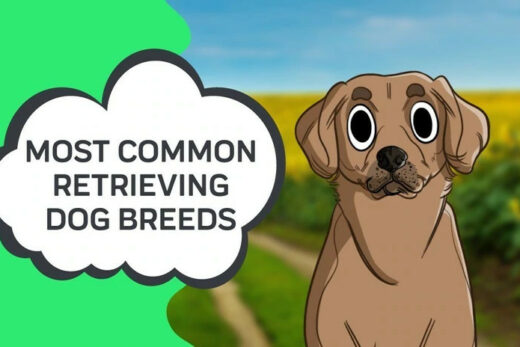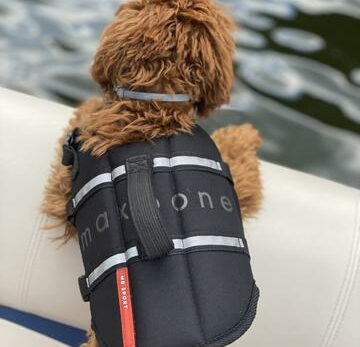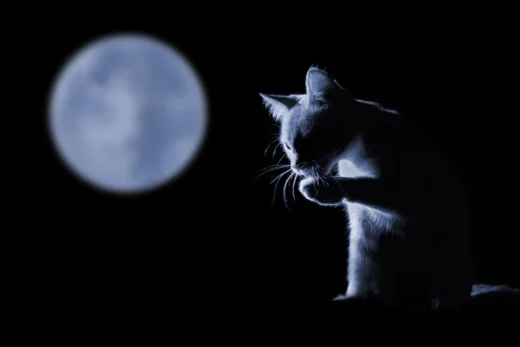The right surface can often mean the difference between a “destination space” with repeat visitors or a muddy mess with dog and patrons alike leaving the park looking like they just competed in a mud run.
The good news is that dog park surfacing doesn’t have to break the bank. We’re going to cover surfacing options to keep your dog park looking pristine (and your users at least a little tidier).
“Why do you even need surfacing? It’s a dog park!”
Dog parks have greatly evolved over the past decade. They began as simply an open space with a fence. Fast forward to today, they are true playgrounds for our furry friends. Some of the grandest dog parks out there feature agility equipment, shade, water features, waste stations, and yes, surfacing. Where we typically see surfacing at a child’s playground, it has become quite the norm in dog park settings. The reason for the trend is simple: Constant paw traffic on regular grass wears it down and creates large patches of dirt where grass cannot grow. When you add rain and a wide-open bathroom, these dirt patches become muddy pits that not only make the ride home a nightmare for your car’s interior, but it decreases the look and longevity of the park. A grass-only dog park could see closures while the park tries to re-grow grass, or the park could go unused because patrons do not want to deal with the dirt or trying to navigate their dog around the puddles.
What are the surfacing options and what is the most affordable?
The good news is there are a lot of surfacing solutions out there that can meet any budget. We are going to look at surfacing types by two categories: Unitary surfacing and Loose-fill surfacing. Unitary surfacing means the ground covering is solid, which means it doesn’t require maintenance to rake the product back into place, but it does require extra sanitation and cleaning due to drainage. Products that are considered unitary surfacing include turf, kennel tiles and grass. Loose-fill surfacing requires slightly higher maintenance as the material displaces as the dogs run about. This requires someone responsible for putting the product back in place and refilling when the product coverage is inadequate. Products that are considered loose-fill are wood chips, sand and gravel. We will explore each of these individually below.
Unitary Surfacing Types
- Turf
Turf is the standout for beauty and durability. It gives off the look of real, lush green grass, but without the wear spots. Professional installation is key. There are professional turf installers across the country who specifically specialize in dog park turf. Dog park turf includes a special drainage base layer to prevent urine from sitting on top of the synthetic product. Turf has a higher initial cost but lower cost over its lifetime. Since the product is a synthetic material, it should be rinsed periodically to flush out urine and odors. Specialty cleaners are available on the market which can be sprayed on the turf and washed out with a simple hose. The frequency of this is based on the traffic at your dog park. A park in a high trafficked area should be rinsed once a week or more. Another benefit of dog park turf is the pile height and density of the fibers. They are shorter than standard turf which make picking up after your pet a breeze.





